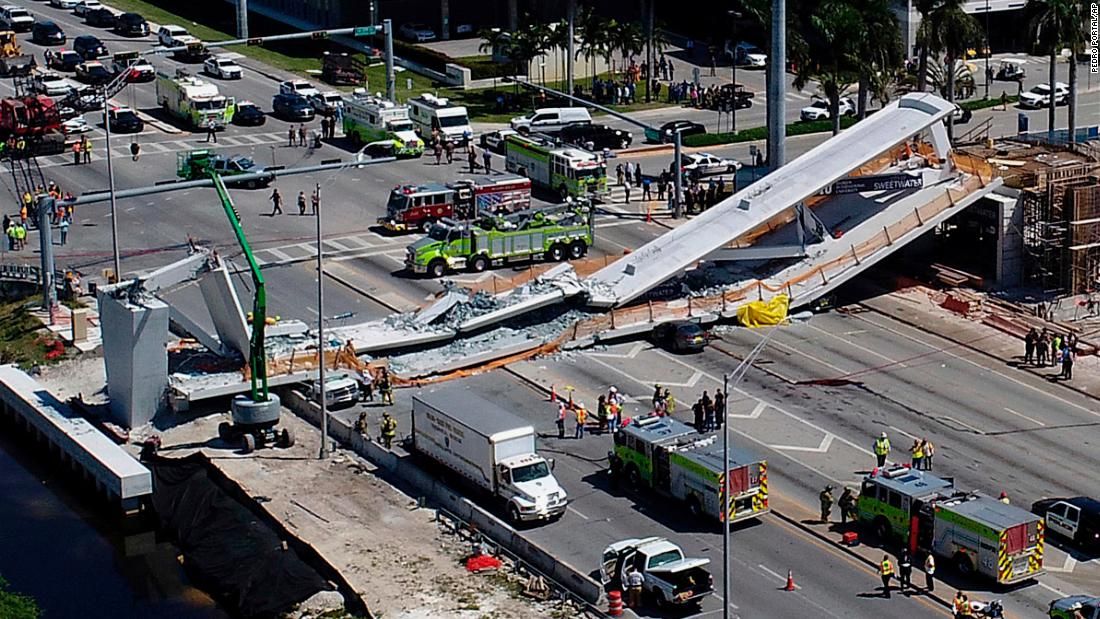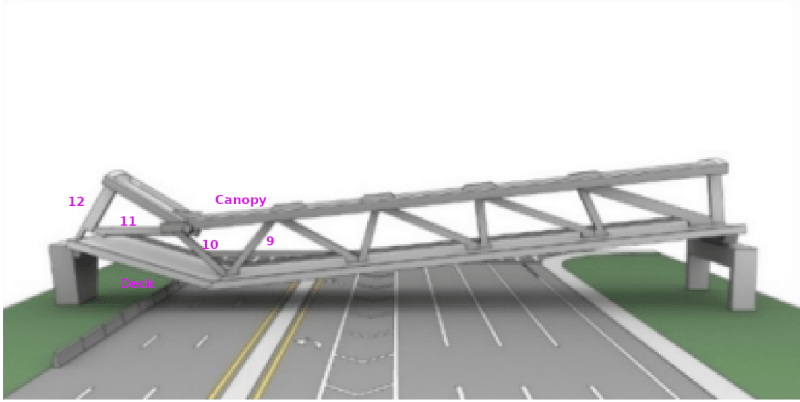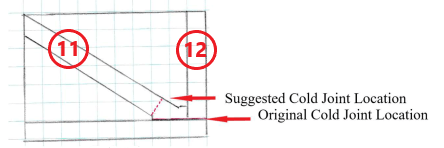Christopher Moore
I have always had a passion for engineering from a young age but wasn’t until later in life was I able to go to university to follow it as a career. Now I am a father of 2, that has had the privilege to intern while studying over the past 4 years for two great companies. I have had firsthand experience on major projects around Sydney that will be part of my community for the next century.
On the 18th on March 2018, while in construction, The Florida International University Bridge collapsed on to traffic below killing six people and injuring a further 10 people.
The bridge was designed to be a concrete truss bridge that looked like a cable stay suspension bridge. Other features of the bridge - it was kept in compression with stressed steel tendons running through the deck and post tensioning rods running through the central members. As it had only the central truss for support the bridge also had a single point of failure. The concrete for the bridge was poured in three stages: deck, members, and then roof. This created cold joints where the members met the roof and the deck. Due to miss calculations, the shear force at the top and bottom of the members grossly exceeded the shear capacity at these cold joints in multiple locations.
After the installation of the bridge onto the bridge’s pillions five days before the collapse, cracks appeared around the base of multiple members. These continued to enlarge until there was a shear failure at the base of member 11. This put lateral force onto member 12 until member 12 sheared and failed, leading to the collapse.
REDESIGN PROPOSAL
To increase the shear capacity where the members met the deck and roof, it was my proposal to move the cold joints through construction methods. From the horizontal where the members met the deck and roof to be within the members themselves at a perpendicular angle to the member. This allowed the shear forces to go through monolithic concrete, which due to greater cohesion and friction, increased the shear capacity at the ends of the members.
Due to the loads involved, this still was not enough shear capacity for all members, so addition member width and rebar was needed to be added for Members 2 and 11. This allowed for more friction and cohesion at the shear plan allowing for a greater shear capacity. These recommendation meet both Australian AS 3600 and American AASHTO LRFD standards.



